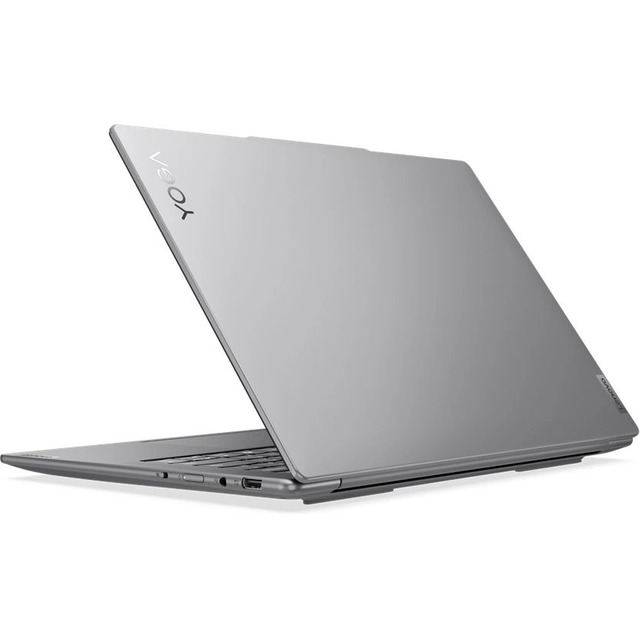Hardware
5215 readers
1 users here now
This is a community dedicated to the hardware aspect of technology, from PC parts, to gadgets, to servers, to industrial control equipment, to semiconductors.
Rules:
- Posts must be relevant to electronic hardware
- No NSFW content
- No hate speech, bigotry, etc
founded 5 years ago
MODERATORS
1
24
Acer CEO says its PC prices to increase by 10 percent in response to Trump tariffs
(arstechnica.com)
2
3
4
5
6
7
8
9
10
41
12 Years After Haswell, Intel Open-Source Graphics Developers Still Make Occasional Fix
(www.phoronix.com)
11
12
14
15
16
17
18
19
20
21
22
23
24
25
view more: next ›


